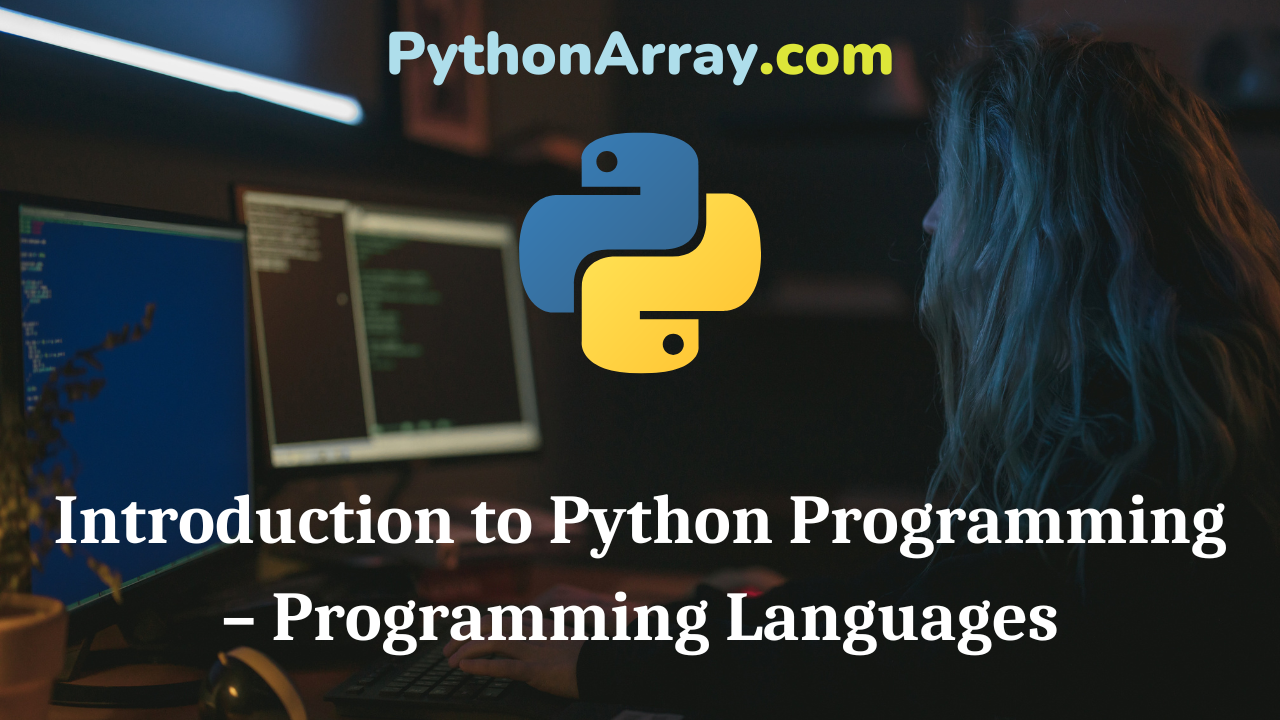You can learn about Introduction to Programming Using Python Programs with Outputs helped you to understand the language better. Introduction to Python Programming – Programming Languages Programming Languages A computer can only do what a program can make it do. To perform a particular task, the programmer writes a sequence of instructions called a program. An instruction is a command given to the computer to perform a certain specified operation on given data. A set of programs written to perform a specific task on a computer is called software. A computer contains a Central Processing Unit (CPU) which interprets each instruction in a pro¬gram serially, sets up an internal route for the flow of data, manipulates data, and stores it in the main memory. Thereafter, it fetches the next instruction. This process continues till the last instruction has been executed. Basically, a processor is designed to understand a specified set of instruction codes, and each of these instructions is stored in the main memory in the form of binary numbers. Microprocessors have input/output instructions to manipulate characters. Usually, the number and type of instructions for different types of microprocessors are not the same. Introduction to Python Programming – Algorithms Introduction to Python…
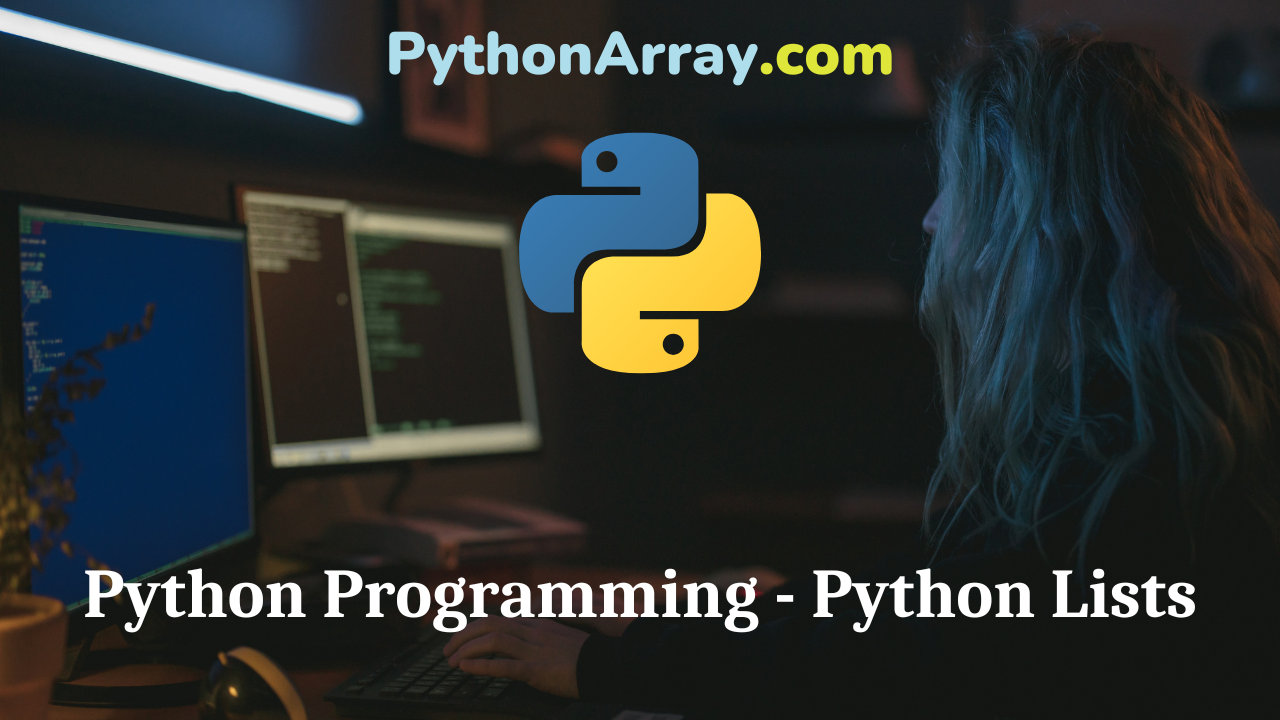
Python Programming – Python Lists
Python Programming – Python Lists In Python, the most basic data structure is the list. The list is similar to the array as in C, C++, or Java since the index of the first element of the list is zero, the second element is one, and so on. However, the list is a collection of heterogeneous data elements. That means a list can contain numeric as well as character data. Various sorts of operations can be performed on lists. These include indexing, slicing, adding, multiplying, and checking for membership. We will present all these operations through illustrations in the following sections. Apart from that, the Python language also contains various built-in functions, we will discuss them as well. Python Programming – List Manipulation Python Programming – Standard Data Types Python Programming – Introduction To Numpy Creating a List It is very simple to create lists in Python. All you need to do is to place all the comma-separated elements inside a square bracket [ ]. The list can contain any number of elements of different data types (integer, float, character, etc). Moreover, a list can contain another list and it is referred to as a nested list. The Code 5.6.…
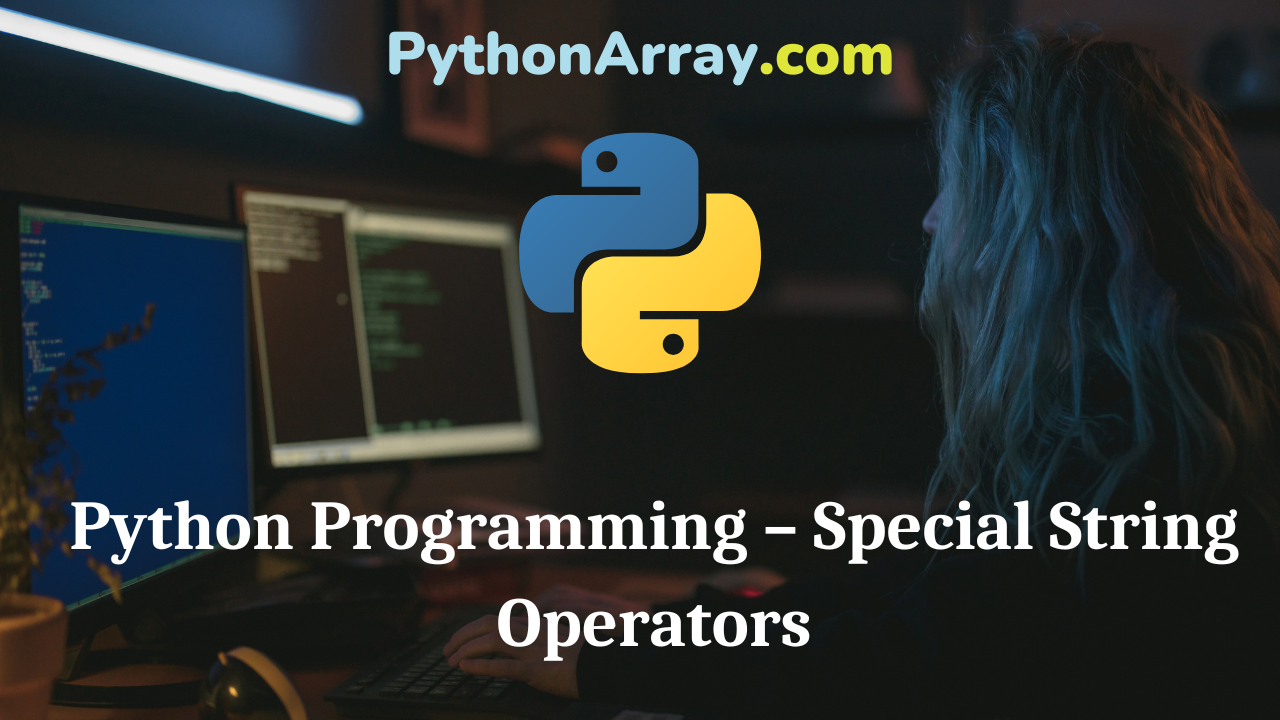
Python Programming – Special String Operators
You can learn about Strings in Python Programs with Outputs helped you to understand the language better. Python Programming – Special String Operators Strings can be manipulated using operators like concatenation)*), repetition)*) and membership operators like m and not in. Different special string operators are discussed in the following sections: Concatenation (+) Operator The + operator is known as the concatenation operator used to join the strings given on either side of the operator. For example, >>> ‘Work ‘ + ‘Hard’ ‘Work Hard’ To give a white space between the two words, insert a space before the closing of the first string within quotes. >>> ‘Work ‘ + ‘Hard’ ‘Work Hard’ Note that the interpreter gives back the string with single quotes, regardless of whether you enter strings with single quotes or double-quotes. The + operator can work with numbers and strings separately for addition and concatenation, respectively. However, you cannot combine numbers and strings as operands with a + operator. It will produce an error. >>> 7 + 7 14 # (valid) + operator is used as addition >>>’7′ + ‘7’ # (valid) + operator is used as concatenation ’77’ >>> 7 + ‘7’# (invalid) it will produce an error You…
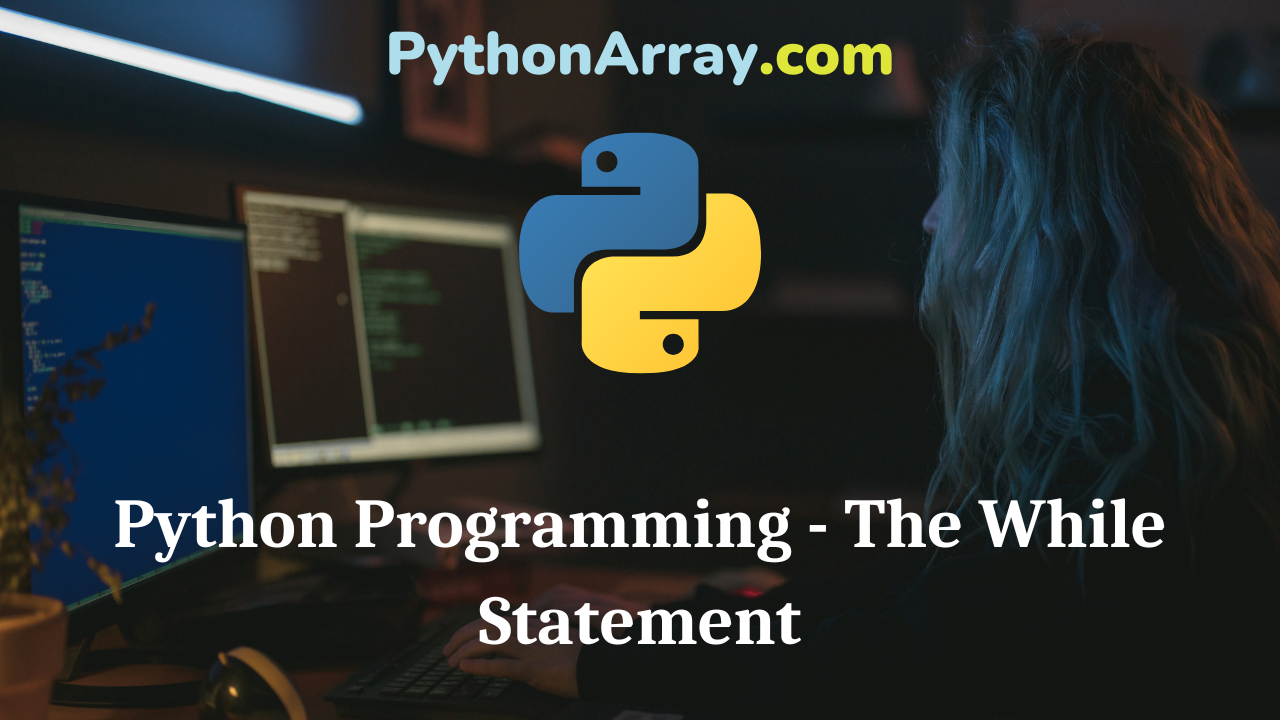
Python Programming – The While Statement
You can learn about Control Statements in Python Programs with Outputs helped you to understand the language better. Python Programming – The While Statement The while loop is used to repeat a set of statements as long as the condition is true. In Python, an indefinite loop is implemented using the while statement. The indefinite loop keeps iterating until certain conditions are met. The syntax of the while statement is as follows: while (<condition>): <body> Here, the condition is a Boolean expression. The body of the loop executes repeatedly as long as the condition is true. When the condition becomes false, the loop terminates. Python Programming – Conditional and Iterative Statements Python Programming – Flowcharts for Sequential, Decision-Based and Iterative Processing Python Programming – Conditional Statements Note that the condition is always tested first before the loop body is executed. This kind of structure is called a pre-test loop. If the loop condition is initially false, the loop body will not execute at all. Here is an example of a simple while loop that counts from 0 to 10: i = 0 while (i <= 10): print(i) i = i + 1 The above-mentioned program will produce numbers from 1 to 10…
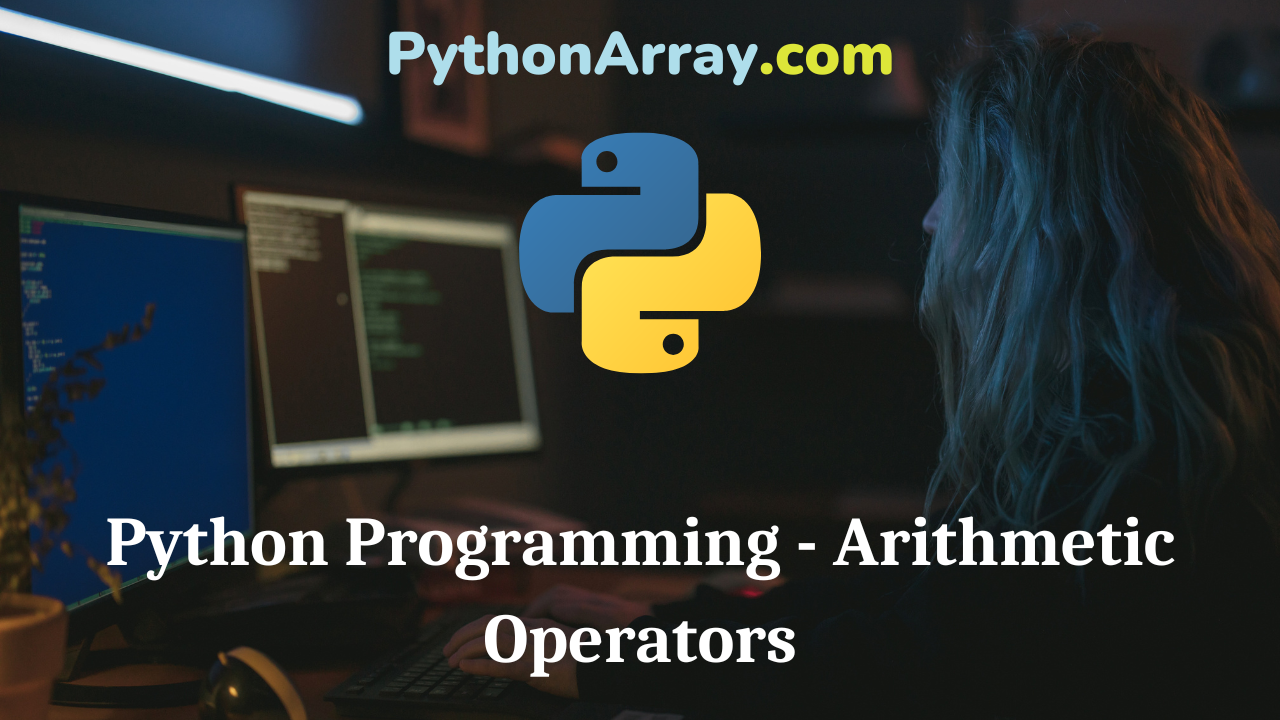
Python Programming – Arithmetic Operators
You can learn about Operators in Python Programs with Outputs helped you to understand the language better. Python Programming – Arithmetic Operators Arithmetic operators perform basic arithmetic operations. Arithmetic operators, such as +, -, *, / , % (modulus), ** (exponent), etc., are used for mathematical calculations. An arithmetic expression is made up of constants, variables, a combination of both, or a function call, connected by arithmetic operators. Some of these operators also work on data types other than numbers, but they may work differently. For example, + adds two numbers (2 + 2 gives the result 4). But concatenating numbers gives a string (‘2’ + ‘2’ gives the result ’22’). You cannot use an operator with two incompatible data types. For example, if you try to use + with an integer and a string, Python returns an error. An arithmetic expression is made up of constants, variables, a combination of both, or a function call, connected by arithmetic operators. (See Figure 4.1). Normally, operators are said to be either unary or binary. A unary operator has only one operand while a binary operator has two operands. In its unary mode with a single operand, a minus sign is usually a sign-changing…
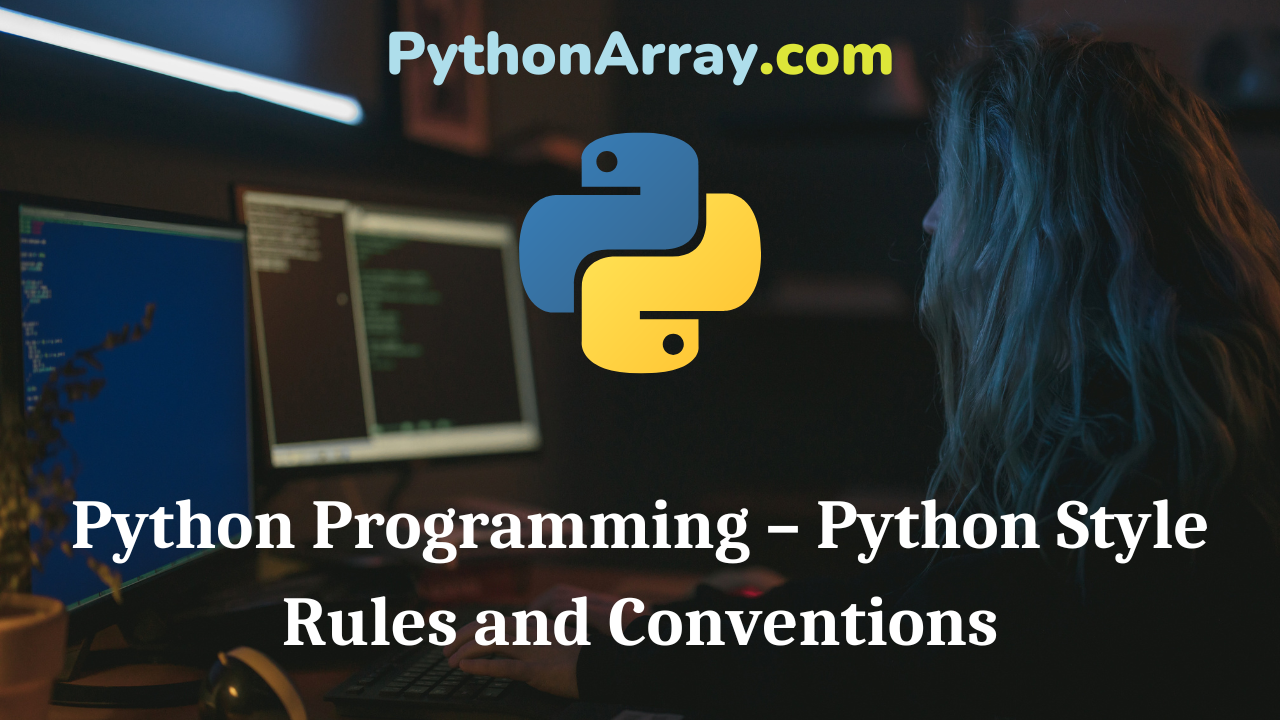
Python Programming – Python Style Rules and Conventions
You can learn about Introduction to Python Programming Programs with Outputs helped you to understand the language better. Python Programming – Python Style Rules and Conventions summarizes the list of some of the Python style rules and conventions. Python Programming – How To Start Python Python Style Rules Introduction to Python Programming – Interpreter Elements Description Semicolons The Python statement written in the form of a sentence must not be terminated with semicolons. Semicolons should not be used as separators to put two commands on the same line. Line length The line length should be of maximum 79 characters if you use Python. Indentation In Python, indentation is used to form suites, i.e., block of statements, and it is treated as a unit. The code blocks are indented with spaces. Blank Lines The two blank lines should be between top-level definitions, and one blank line should be between method definitions. Whitespace Standard typographic rules are used for spaces around punctuation. Comments The right style for module, function, method, and in-line comments should always be used. Statements Generally, only one statement per line should be written. Case Sensitive Python is case sensitive, i.e., it treats upper and lower case characters differently. Therefore, case…
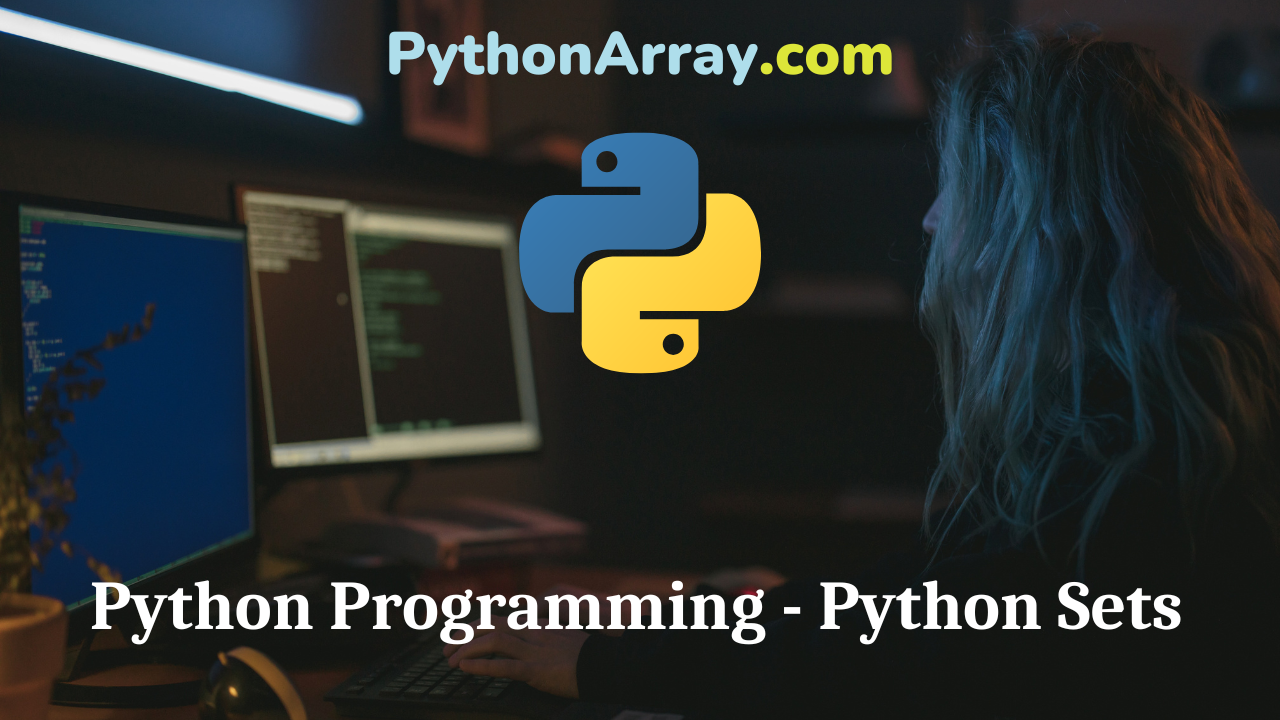
Python Programming – Python Sets
Python Programming – Python Sets As we have learned in mathematics about sets, the Python language also provides a new data type called set to handle all set operations. A set is an unordered collection of elements. There is no duplicity in the set and alike tuple, the set is immutable (can not alter). A set can contain a heterogeneous type of data. Since the set is an immutable data type, therefore, list or dictionary can not be set members. As mentioned earlier in Chapter 2, the sets can be used to perform all mathematical set operations such as union, intersection, difference, etc. In the following sub-section, we will learn Python set in detail. Creating a Set A set is created by using the built-in Python function set(). All the elements of a set are placed inside the set function by enclosing within braces { } and separated by commas. The programming example to create a set in Python is given in Code 5.27. In this program, we explore all the methods of creating a set in Python. In the first part, the set is created with the named dataset by using the set() function. Secondly, a set is created…
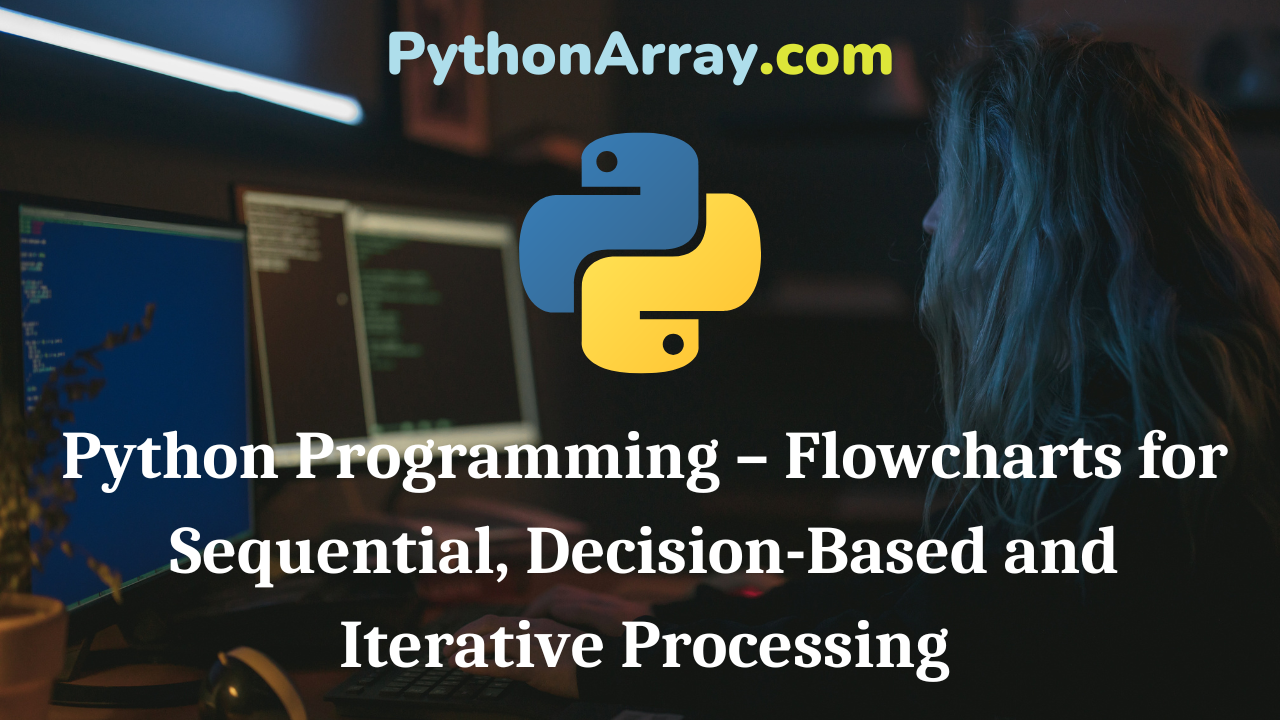
Python Programming – Flowcharts for Sequential, Decision-Based and Iterative Processing
You can learn about Flowcharts and Algorithms in Python Programs with Outputs helped you to understand the language better. Python Programming – Flowcharts for Sequential, Decision-Based and Iterative Processing Sequential Processing The Sequential (Sequence) construct means the statements are being executed sequentially. This is the default flow of statements. Control structures allow you to change the sequence of instructions for execution. They also implement decisions and repetitions in programs. Decision-based (Conditional/Selection) Controls allow the computer to decide as to which statement is to be executed next depending upon a condition- test. Iterative construct (Looping) allows the computer to execute a group of statements repeatedly till the condition is true. However, the power of programming languages lies in their ability to instruct a computer to perform the same basic operation again and again till the specific condition is satisfied. In real-life applications, sometimes, you will need to change the sequence of execution according to conditions. For example, “If you pass the examination, then you will get a mobile”. In this statement, the resultant action is taken if the condition is evaluated to true. Python Programming – Conditional and Iterative Statements Flowcharts and Algorithms in Python Python Programming – Flowcharts and Algorithms Introduction…
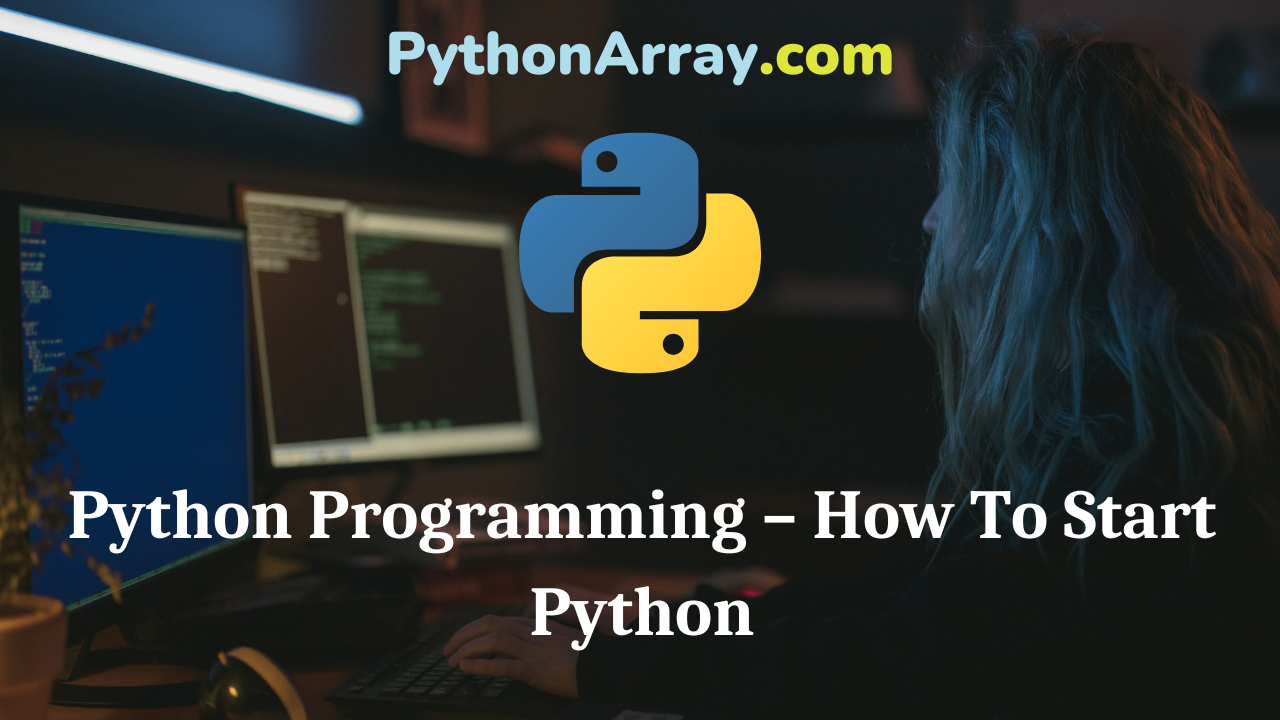
Python Programming – How To Start Python
You can learn about Introduction to Python Programming Programs with Outputs helped you to understand the language better. Python Programming – How To Start Python After installation is successfully completed, you can start Python in the following ways (see Figure 3.11). These are: (a) Python Shell – Interactive mode (Commandline) (b) Python Editor – Script mode (Integrated Development Environment – IDLE) Python Shell is used to execute a single Python command and get the result in the same window. It waits for the input command from the user. As soon as the user enters the command, it executes it and displays the result. IDLE is a simple Integrated Development Learning Environment that comes with Python. The important feature of IDLE is that it is a program that allows the user to edit, run, browse and debug a Python program from a single interface. Python Programming – Technical Strength Of Python Introduction to Python Programming – Interpreter Introduction to Python Programming – Documentation Interactive Mode (Command-line) Interactive mode of working means you type the command one at a time, and Python executes the given command and gives you output. An interactive interpreter of Python is also called Python Shell. Follow these steps to…
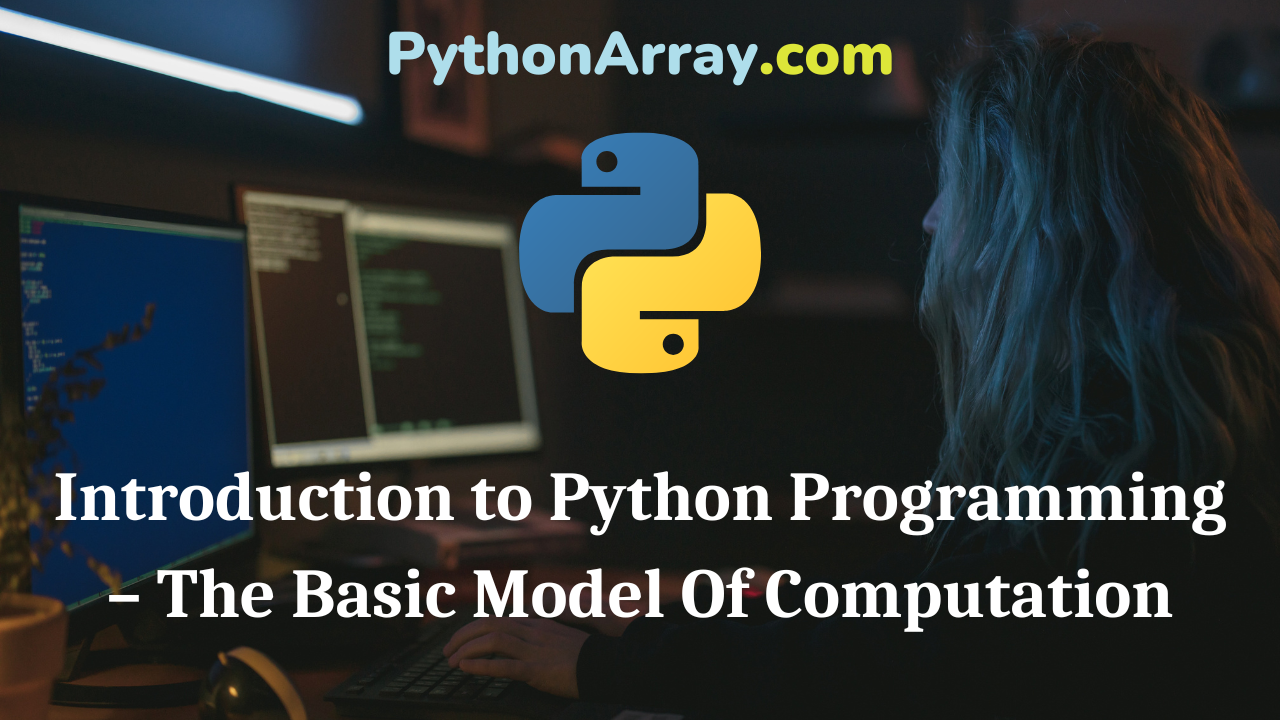
Introduction to Python Programming – The Basic Model Of Computation
You can learn about Introduction to Programming Using Python Programs with Outputs helped you to understand the language better. Introduction to Python Programming – The Basic Model Of Computation The Basic Model Of Computation A program is a set of instructions, written in a computer language, to perform a specific task. In an attempt to solve problems on a computer, one has to write a step-by-step solution using simple instructions for operations and thus, obtain the results. There would be a number of methods to solve a given problem, and therefore, solutions may differ from person to person. However, in all cases, the basic steps remain the same. These basic steps are as follows: Formulating the problem and deciding the data types to be inputted. Identifying the steps of computation that are necessary for getting the solution. Identifying decision points, i.e., under what circumstances a particular operation is to be performed and when not to be performed. Knowing the expected results and verifying with the actual values. Procedure for Problem Solving Problem-solving is the process involving basic sequential steps necessary to arrive at the solution of the given problem. It is a logical process of breaking down the problem into small parts…
